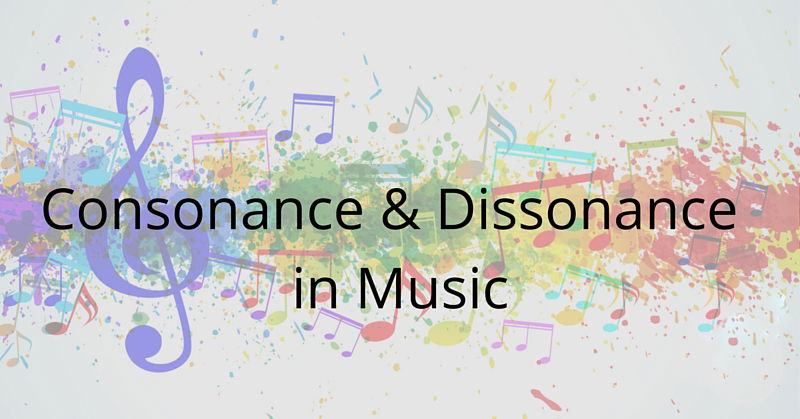Consonance and Dissonance in Music

In a music forum I was recently confronted with this statement:
“All the expression, all the information is in the dissonances”
I didn’t agree, it was too strong a statement for me, although it clearly contains at least some truth. For me the essence of all music is the ebb and flow through varying degrees of consonance and dissonance….either harmonic, melodic or rhythmic etc. But there is a much bigger debate here – the very nature of musical consonance and dissonance. How can we debate such questions as the original one above if we haven’t got a clear understanding of the two terms in the first place?
Various attempts to pin down these concepts clearly demonstrate that there is still considerable confusion about the nature, (and therefore the purpose), of both consonance and dissonance…they are simply generic, holistic, multi-faceted terms that cover many theories and hypotheses.
- acoustic theories abound; so do ones based around…
- Psycho physiological aspects of the auditory system
- Higher level cognitive phenomena, such as the categorical perception of musical intervals due to learning.
- Social, cultural or stylistic norms that are internalized by listeners.
Within the above 4 areas there a many more sharply focused ideas about the nature of consonance and dissonance…
- frequency ratios
- harmonic relationships
- expectation dissonance
- interval category dissonance…
The list is very long indeed. Even looking superficially at the various developments in musical history, it is clear that the definitions of dissonance and consonance have never been stable or static… Hell, there’s even a ‘Timeline for the Emancipation of Dissonance’!
Schoenberg may well have sought to dispense with any functional distinction between dissonance and consonance, but there is still tension and release in his music, (some of it, I know from other musical elements), which comes from ‘less dissonant’ and ‘more dissonant’ moments. In the context of certain pieces, what is dissonant was perhaps redefined, but NOT escaped from. (In his quest for innovation, did Arnold possibly lose sight of the very nature of dissonance and consonance)?